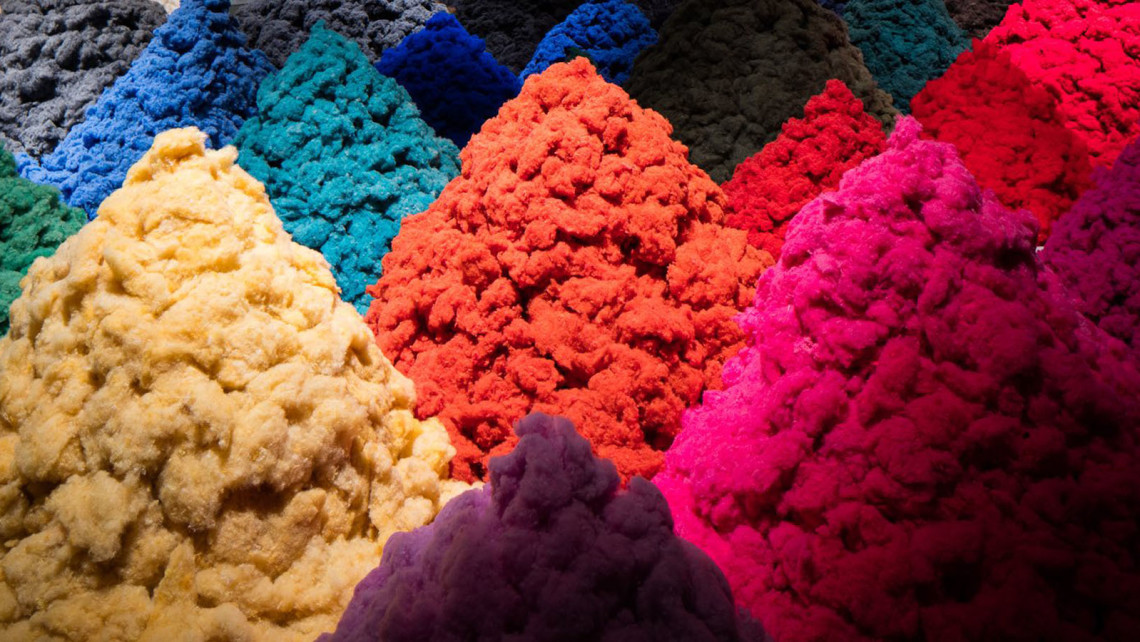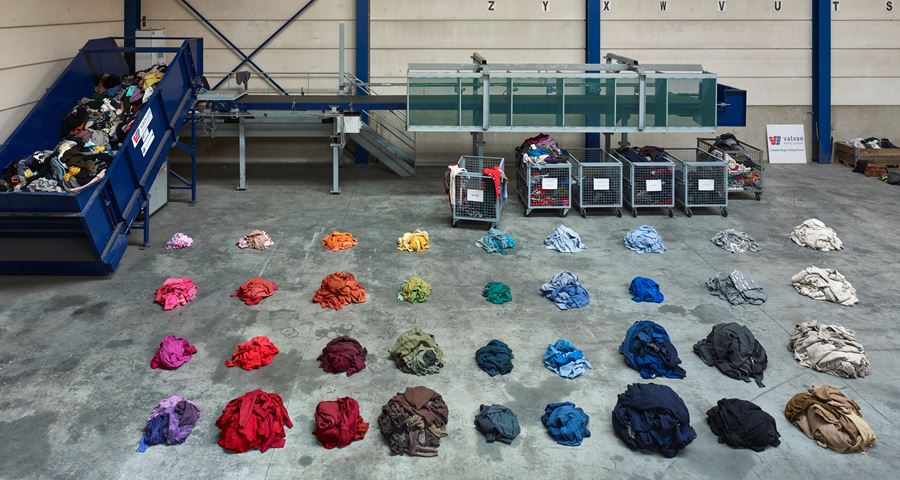‘Fear and Love: Reactions to a Complex World’ promised a great deal, but was a mixed bag that didn’t quite deliver on that grand title. That said, some of the installations were really inspiring, and are worthy of more attention.

Intimate Strangers – Andrés Jaque. This installation explores the way social media and networking apps are defining new forms of behaviour and interaction. It focuses on dating apps, presenting a series of tales about “how our pursuit of sex and love through social media is changing the way we view the city, our bodies and our identity”.
One of the narratives explores how gay asylum seekers have been able to find support structures with the LGBT community through the app Grindr. It was a fascinating and inspiring watch – seeing people on the edge of desperation find solace and security through an app more commonly associated with promiscuous sex.
It’s all to easy to pass through video installations, but I fully recommend watching the entirety of the film – it was the stand out of the show for me.
Mimus – Madeline Gannon. Mimus appeared to be the main attraction of the show, a 1200kg industrial robot transformed into a ‘living’ mechanical creature. It is able to sense and respond to your presence via sensors in the ceiling and custom software.
With its aim “to foster empathy and companionship between humans and machines” the work feels strangely inappropriate. Minus is caged, and any of it’s authentic interactive reactions appear to be buried under ingrained behaviours reminiscent of a stressed animal in a zoo. If anything it felt more abusive of the machine, encouraging us to play with it without a sense of respect for it.
The Pan European Living Room – OMA / AMOT. Conceptually interesting, looking at the way European cooperation has created a generic aesthetic for modern apartment living. The reality of it almost makes you want to vote to leave the European Union in protest at how bland and ugly it is. I seem to have received conflicting information about whether this is entirely an interior design response to Brexit, or if it was planned before the referendum and now been lent extra gravitas by the result. Either way it seems to portray the EU and it’s spirit of cooperation as retro (at best), possibly dated. You could argue that the designers were drawing from products made over the last 30+ years, and the results could therefore not help looking rooted in the 70’s. However, I would have liked to have seem some aspect looking toward the future of the EU, but I suppose that future is clouded at the moment.
Fibre Market – Christien Meindertsma. Visually pleasing representation of a potentially exciting recycling process.
Vespers – Neri Oxman and Stratasys. Exotic, technically stunning but ultimately lacking in meaning – an expression of an interesting idea, but toothless.
The Earth – Ma Ke. There was a sense of a much deeper statement that the designer might have been making, but without the security of freedom of expression from her nation she couldn’t quite make it. Instead we have a slightly apologist feeling statement about traditionalist China from a former starlet of its consumptive present.

